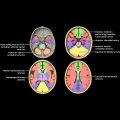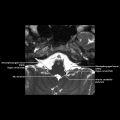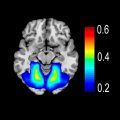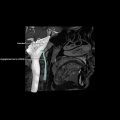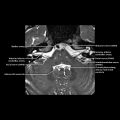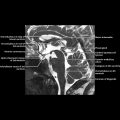div style=”display:none;”> BRODMANN AREA 10: FRONTAL POLE
Frontal Pole (Area 10)
Main Text
TERMINOLOGY
Abbreviations
Image Gallery
Print Images

![]()
Stay updated, free articles. Join our Telegram channel

Full access? Get Clinical Tree


Radiology Key
Fastest Radiology Insight Engine












